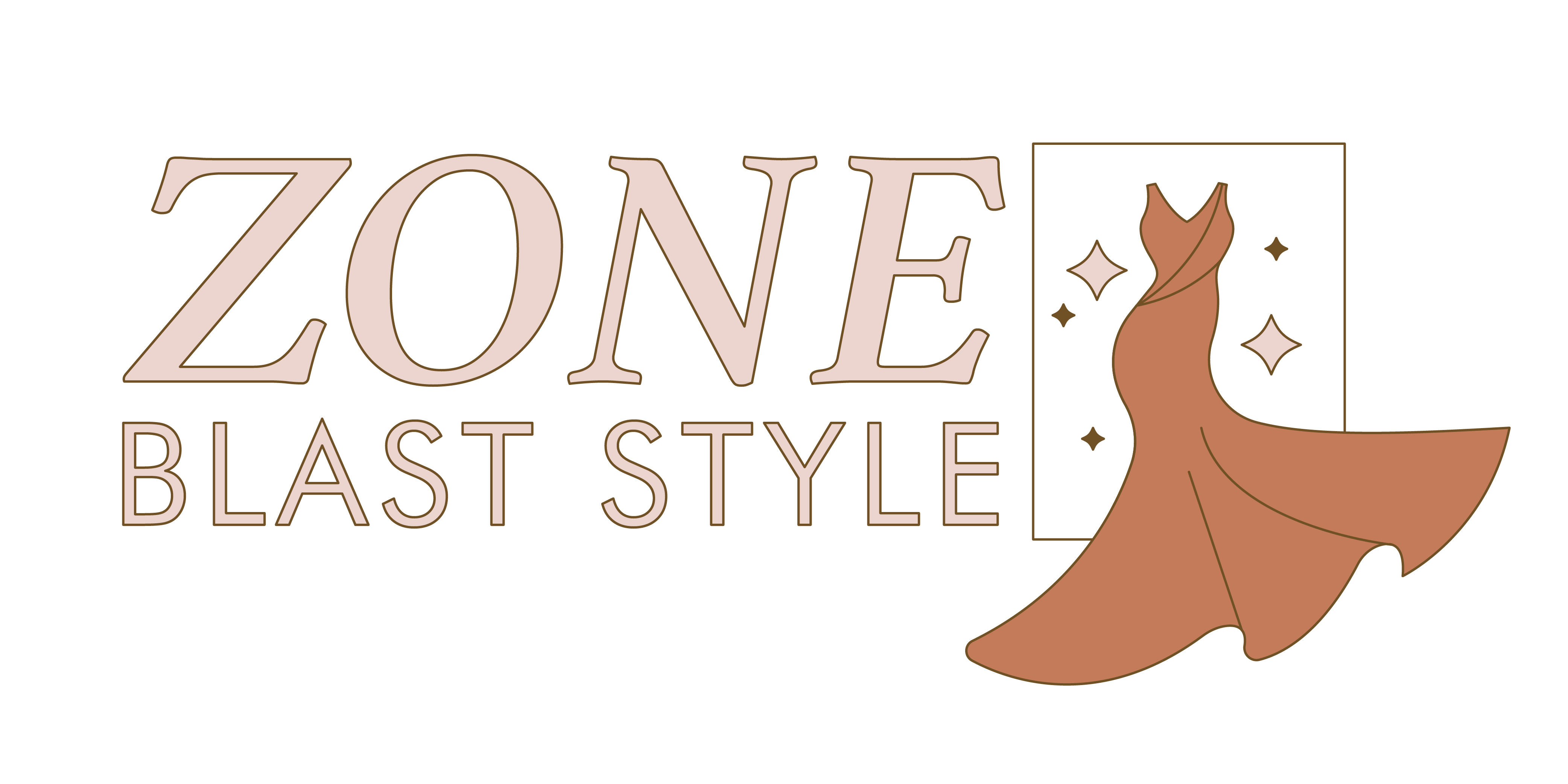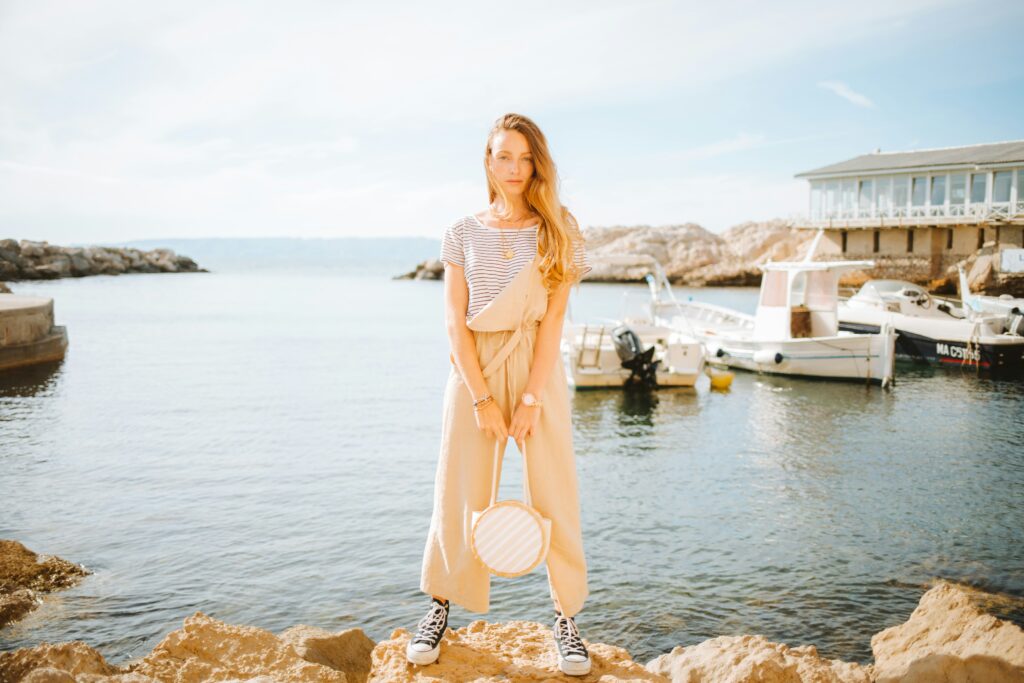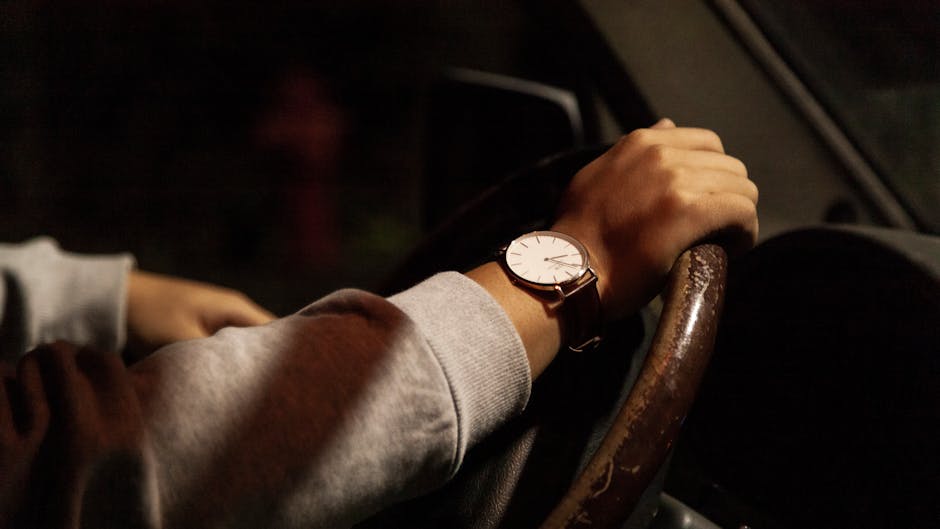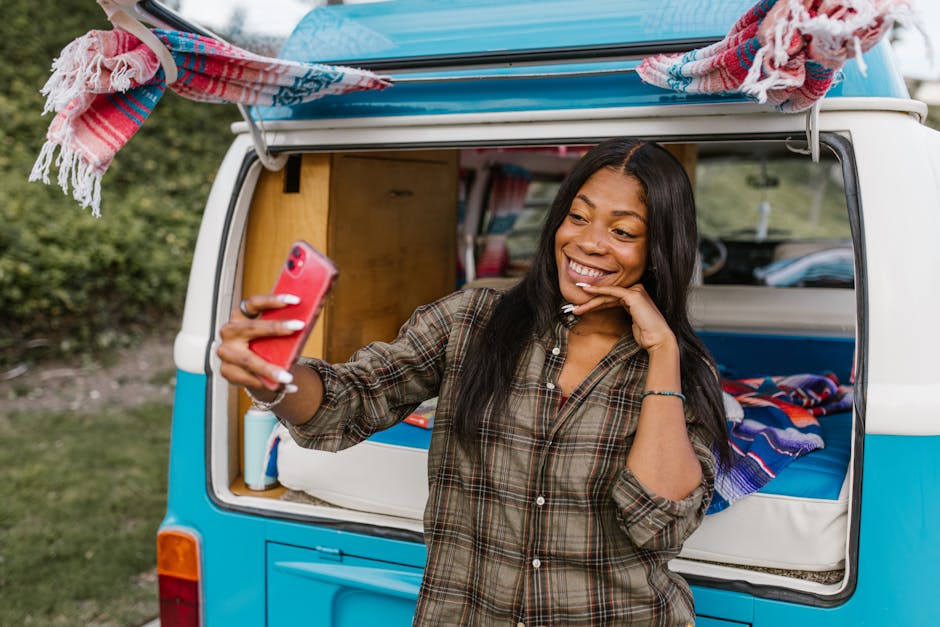Why Statement Pieces Matter
Let’s keep it simple: a statement piece is any item that immediately grabs attention. It’s the thing people notice first—and remember longest. Think a metallic trench coat, neon sneakers, or a geometric clutch that doesn’t shy away from the spotlight. It doesn’t have to be expensive, just intentional. Bold patterns, sharp cuts, bright colors, or unexpected textures all qualify.
The real magic of a statement piece lies in contrast. Pair something bold with the bare minimum—like a striking jacket over a white tee—and suddenly you’ve got control of the whole narrative. That’s the power move: letting one standout item shine while everything else quietly supports it.
It only takes one. A basic outfit—your go-to jeans and tee—can turn sharp with the right piece. A bright scarf. A structured bag. Chunky boots. Just one item can elevate your whole look from ordinary to styled. And that’s the game. You don’t need a new wardrobe. You just need to know what does the heavy lifting.
Rule #1: Let One Piece Speak
When styling with statement pieces, restraint is key. One bold item per outfit is usually enough. Why? Because too many loud elements compete for attention, and the impact gets lost in the noise. You’re aiming for precision, not flash.
Start with a single standout: maybe it’s a neon jacket, patterned trousers, or a pair of sharp red boots. Then, build the rest of the outfit around it using subtler pieces. Think of it like setting a stage—everything else should support, not outshine, the main act.
Proportions matter, too. If your statement item is oversized or structured (say, a boxy coat), keep the rest of your silhouette close to the body. If it’s a bold color or print, balance with muted tones. Neutrals—black, white, beige, navy—do most of the heavy lifting here.
Clean lines, balanced shapes, and a controlled color palette are what help a statement actually speak. And when it does, it should say something unmistakably you.
Rule #2: Anchor with Neutrals
Bold pieces only stand out if the rest of the outfit gets out of their way. That’s the job of muted basics. Neutrals create visual breathing room. They’re the clean canvas that lets a graphic blouse, neon shoe, or embroidered jacket actually say something without competing for attention. No noise, just contrast.
The best neutral colors to keep on repeat? Start with black, white, and gray—timeless and easy to layer. Add navy, tan, olive, and cream depending on your skin tone and style. These shades don’t shout, which is exactly the point. They ground your look and make a bolder piece feel like a deliberate move—not a styling accident.
A case in point: take a loud, patterned blazer—maybe with street-art vibes or bold color blocks. Pair it with black jeans, a black fitted tee, and black boots. The rest fades into the background, letting the blazer take the lead. Bonus: an all-black base makes getting dressed faster and keeps your outfit from feeling crowded.
The power of statement styling isn’t just about the bold—it’s about everything that isn’t.
Rule #3: Layer, Don’t Compete
Styling with statement pieces isn’t about loud on top of loud—it’s about thoughtful contrast. Strategic layering is your secret weapon. Instead of stacking bold color after bold color, think in terms of texture. A leather jacket over a cotton dress draws attention without shouting. Knits with smooth fabrics, matte with gloss—this is where the eye lingers.
Statement jewelry? Keep the outfit structure simple. A chunky gold necklace sits best over a plain white tee or a clean-lined black dress. Big earrings? Pull your hair back, skip the busy neckline, and let them own the spotlight.
And when it comes to prints or heavy details, do yourself a favor: manage the chaos. One strong print per outfit is the max. If you’re mixing, make sure there’s a grounding element—shared colors, matching tones, or clear visual boundaries. Don’t pit a neon floral against leopard print unless you’re making a point. And if you are, go all in—but know the risk.
The goal is simple: let each piece breathe, and guide the eye where you want it to go.
Accessorize with Intention
When it comes to elevating your outfit, the right accessories can carry serious impact. While clothing often gets the spotlight, shoes, belts, and bags quietly do the heavy lifting for standout personal style. Thoughtful accessorizing transforms a good look into a memorable one.
The Power of Small Pieces
Some of the most expressive parts of any outfit are the smallest elements:
- Statement shoes can shift a look from casual to edgy or from simple to fashion-forward.
- Structured or bold-colored bags add personality while keeping functionality.
- Belts can accentuate your silhouette and introduce contrast through texture or hardware.
These pieces don’t just complete an outfit—they create visual interest and help define your aesthetic.
Color Blocking vs. Accent Tones
Before reaching for vibrance, decide what kind of attention you want your accessories to command.
- Color Blocking: Choose bold hues that contrast or clash deliberately with your outfit for an artistic or dramatic effect. Think red shoes with a green jumpsuit, or a cobalt bag with earth-toned separates.
- Accent Tones: Opt for accessories that echo a color already found in your outfit. This method builds cohesion and subtle elegance. Try a burgundy belt with matching lipstick or a navy bag that mirrors a stripe in your top.
Each approach has value. Color blocking catches the eye. Accent tones create harmony. The key is deciding which strategy aligns with the mood and intention of your look.
Mix with Purpose
Combining different metals, textures, and bright accents requires a balance between contrast and consistency:
- Metals: Feel free to mix silver, gold, or rose gold—but tie in a common element, like a matching chain detail or metallic thread in your outfit.
- Materials: Leather, suede, and canvas can coexist if you give each texture a moment to shine. Avoid overcrowding them in tight proximity.
- Brights: Limit strong colors to one or two accessory pieces per look. Let them act as punctuation, not noise.
In short, accessories are style anchors. They’re where you can be the most playful—but also the most intentional. Use them as your personal punctuation marks to guide the story of your outfit.
Statement by Season
Styling with statement pieces isn’t a one-season trick—it’s a year-round strategy. But what grabs attention in July isn’t the same as what turns heads in December. Knowing what works when helps you stay sharp and intentional.
In summer, lean into lightweight fabrics and bold prints. Think easy-breezy silhouettes in saturated colors or punchy patterns. A pair of sculptural sandals or bright sneakers can anchor a simple outfit and still steal the show. Keep layers minimal, but visuals high-impact.
When fall rolls in, texture takes the wheel. Go bold with a power coat—oversized, colorful, or structured. Scarves aren’t just functional; grab a chunky knit in a surprising hue or pattern. Footwear shifts too: structured boots (suede or patent) do serious statement work without much effort.
Some pieces transcend weather. A color-pop crossbody, stacked rings, or a well-cut blazer can turn heads any time of year. The key is knowing how to rotate them—layer in fall, strip back in summer, but keep the soul of the statement intact.
Looking to elevate accessories across seasons? Check out our guide to seasonal fashion accessories
Confidence Is the Real Statement
You can wear the best jacket in the world, but if you’re pulling at the seams or hiding in your posture, it doesn’t land. Style isn’t just about the clothes—it’s about the energy behind them. What you wear matters, but how you wear it matters more.
Confidence doesn’t show up overnight. It builds with small choices. Start by wearing a statement piece at home. Put on that oversized leopard coat while you do the dishes. Wear the neon sneakers on a quiet walk. Get used to how bold feels. The goal isn’t to force swagger—it’s to let it settle naturally.
Over time, the pieces that once felt daring will start to feel normal. That’s when you know you’ve shifted. But even so, doubt might creep in. The workaround? Make style choices for yourself first. If it sparks something in you—energy, pride, even a little edge—that’s the green light. Style is personal armor. Wear it like it means something, because when you believe it does, others will too. Own your choices. That’s what turns a good look into a great one.
Wrapping Up
Styling with statement pieces doesn’t have to be complicated. Start simple: pick one bold item, keep everything else toned down, and let it do the talking. The whole point is balance—strength in simplicity. It’s not about wearing more, it’s about wearing with purpose.
Don’t overthink it. Style gets sharper the more you experiment. Try, tweak, repeat. Most people don’t find their look overnight. You grow into it by testing combos, adjusting vibes, and learning what feels like you.
So here’s your move: go to your closet, grab one bold thing you usually avoid (you know the one), and build your outfit around it. That’s how style gets personal—and gets better.


 Founder & Creative Director
Founder & Creative Director
